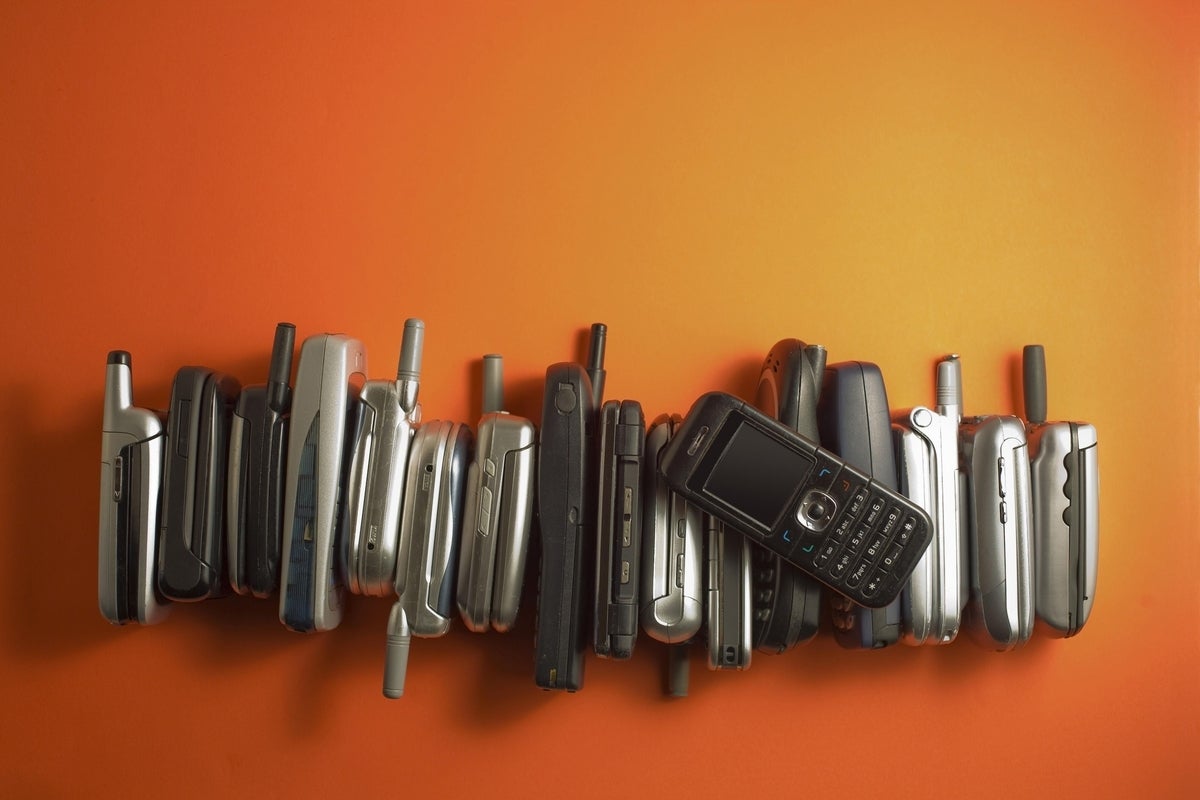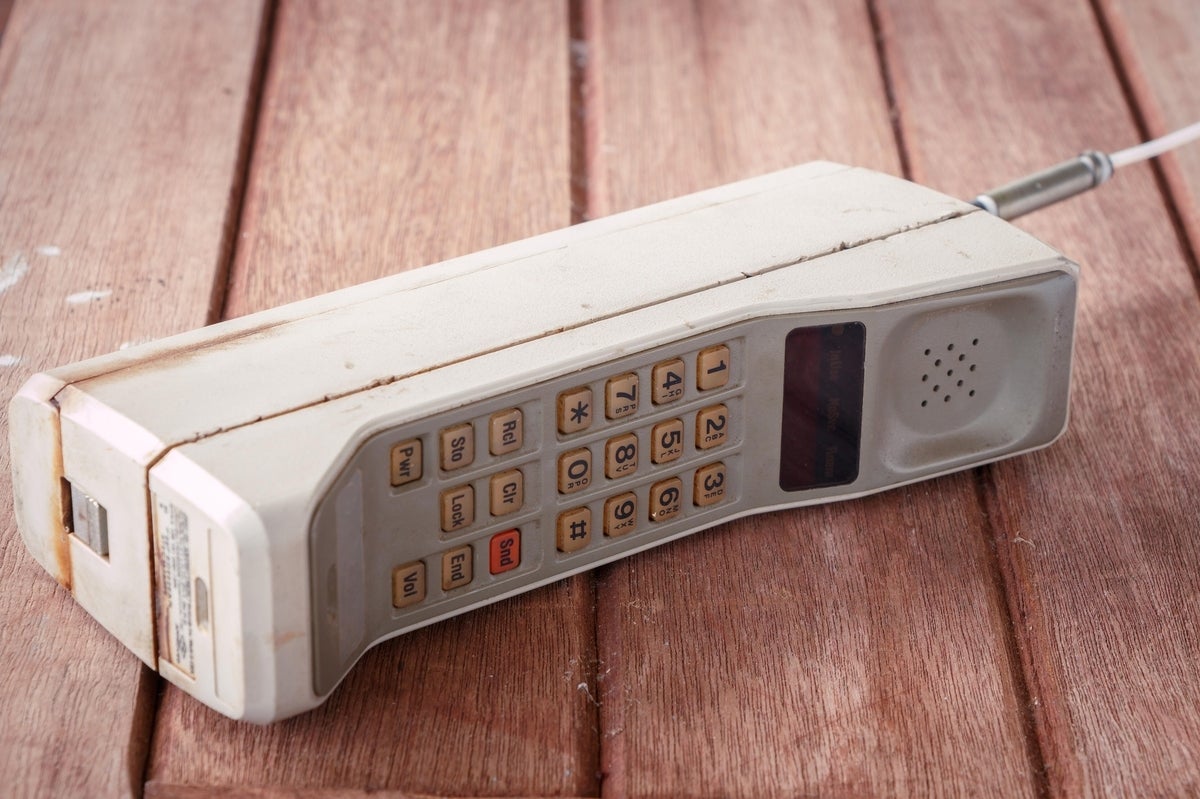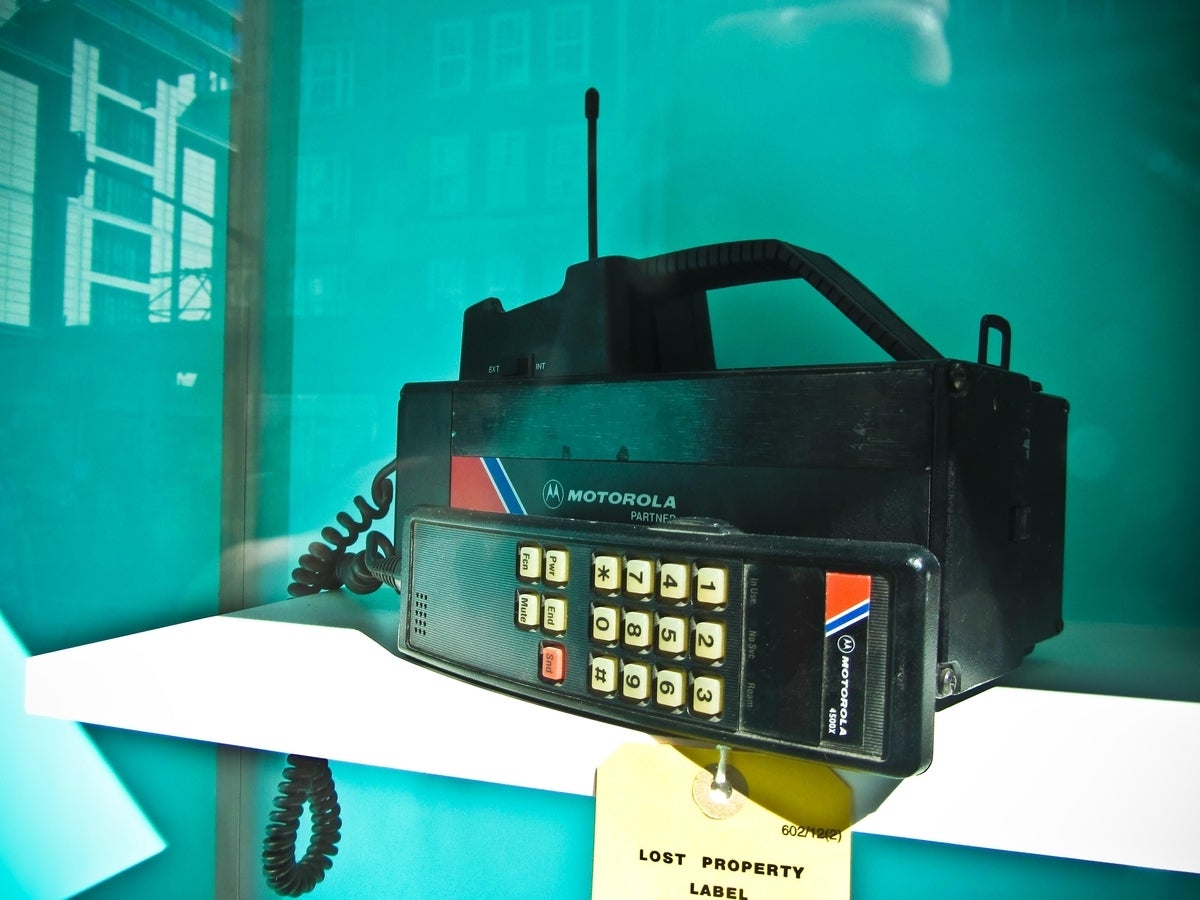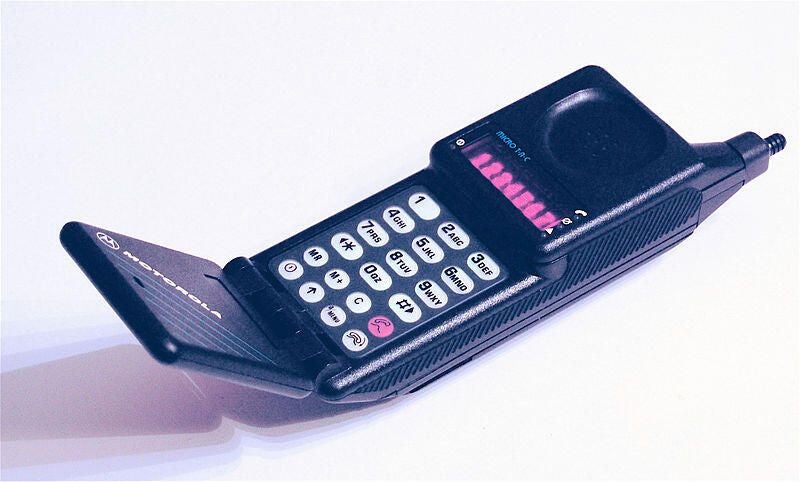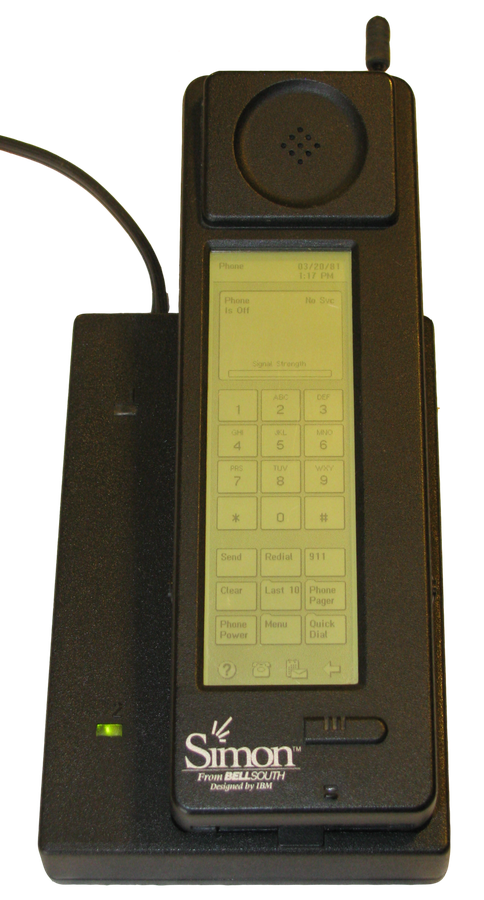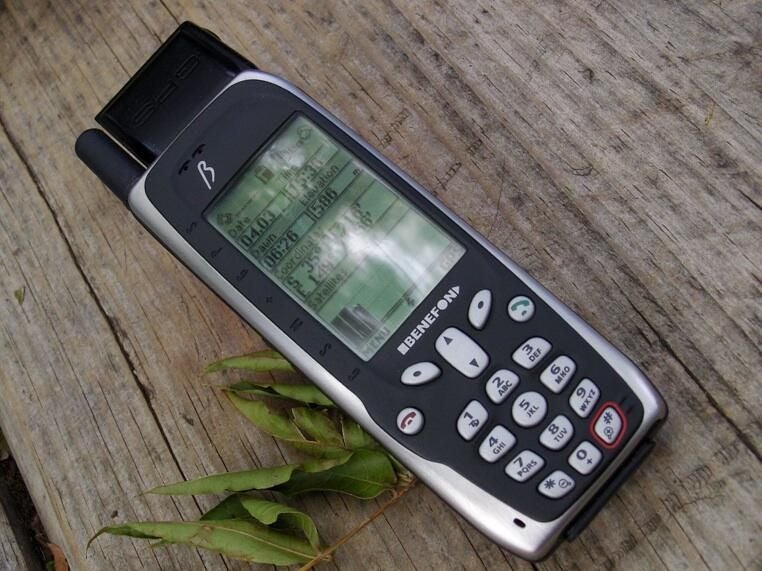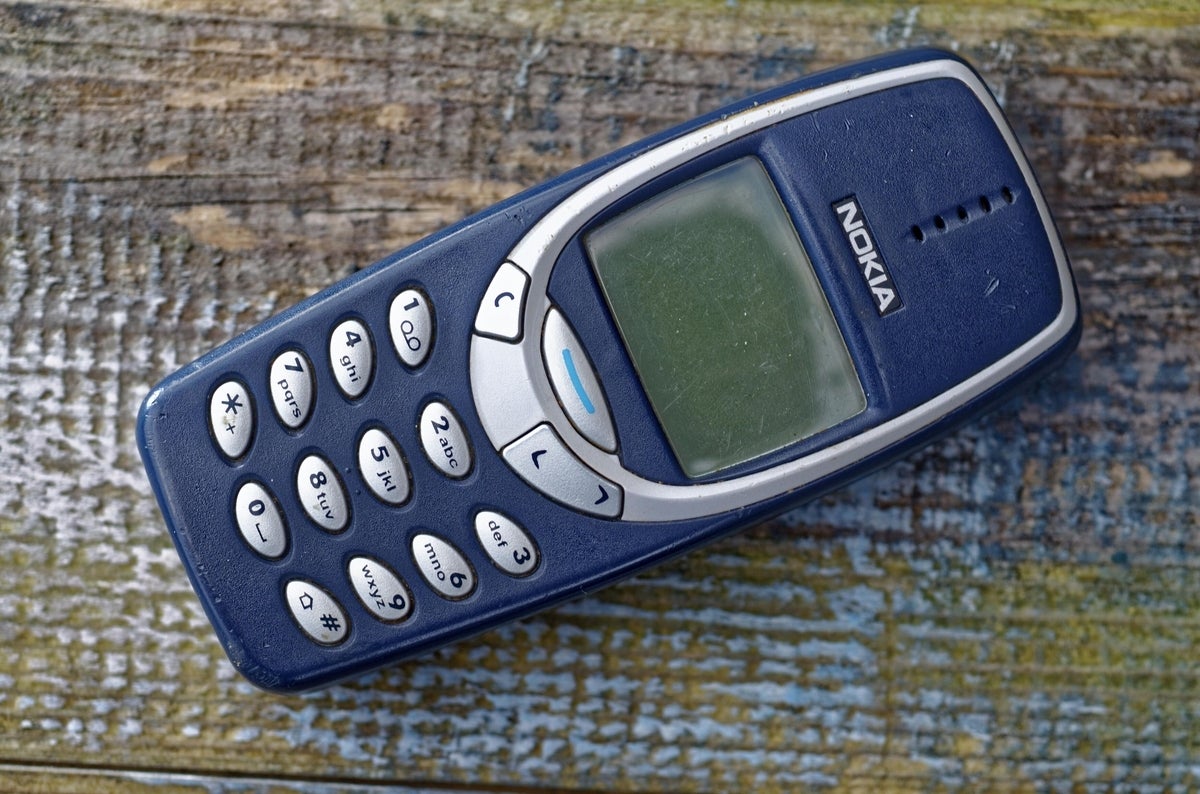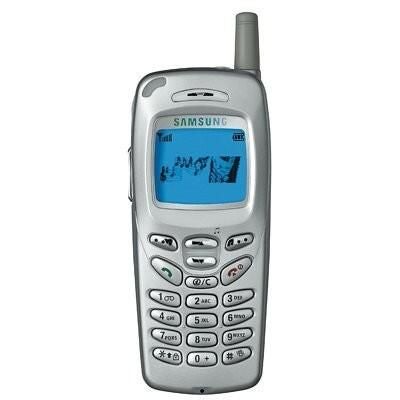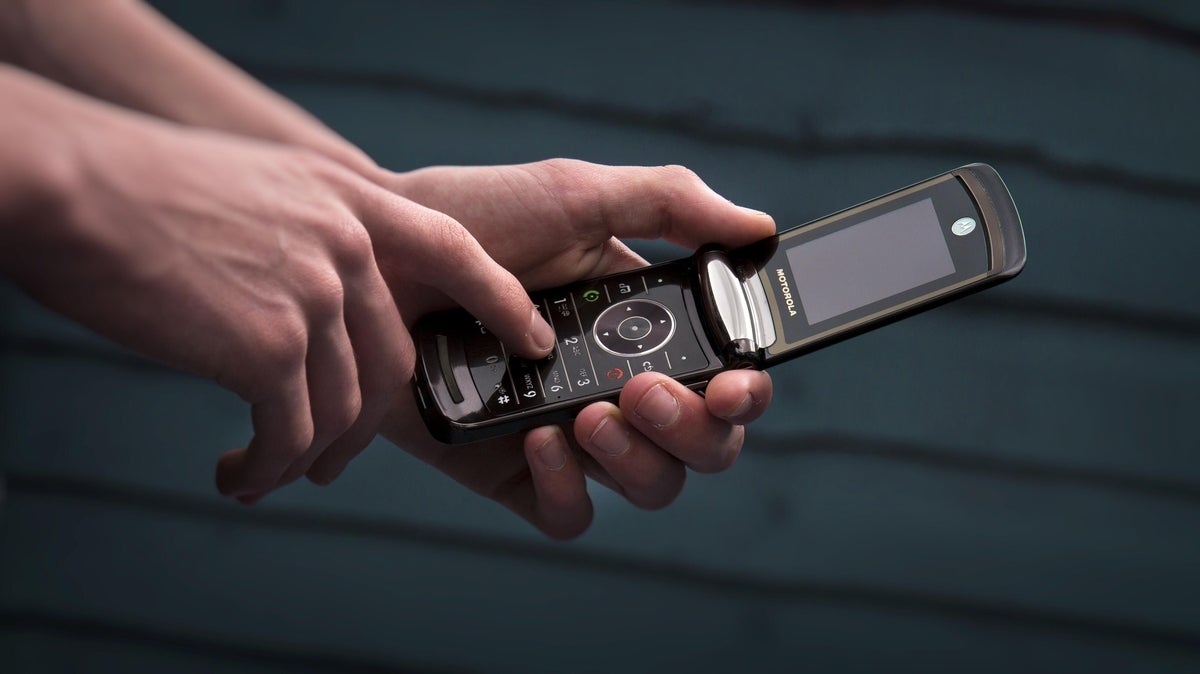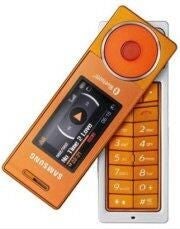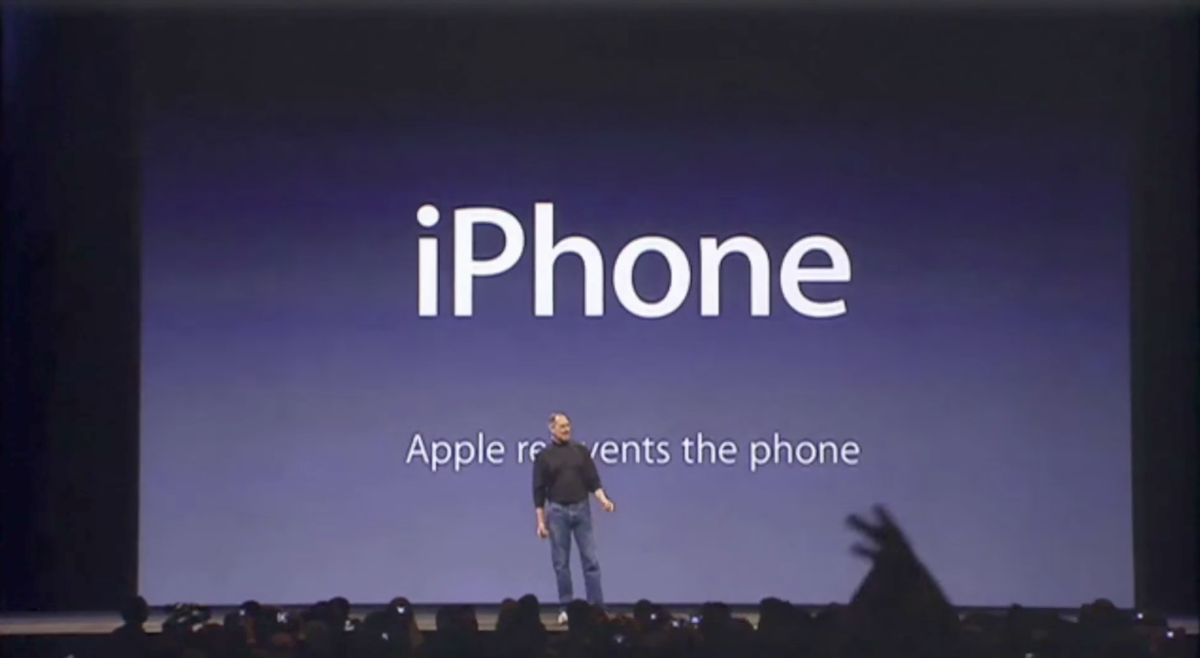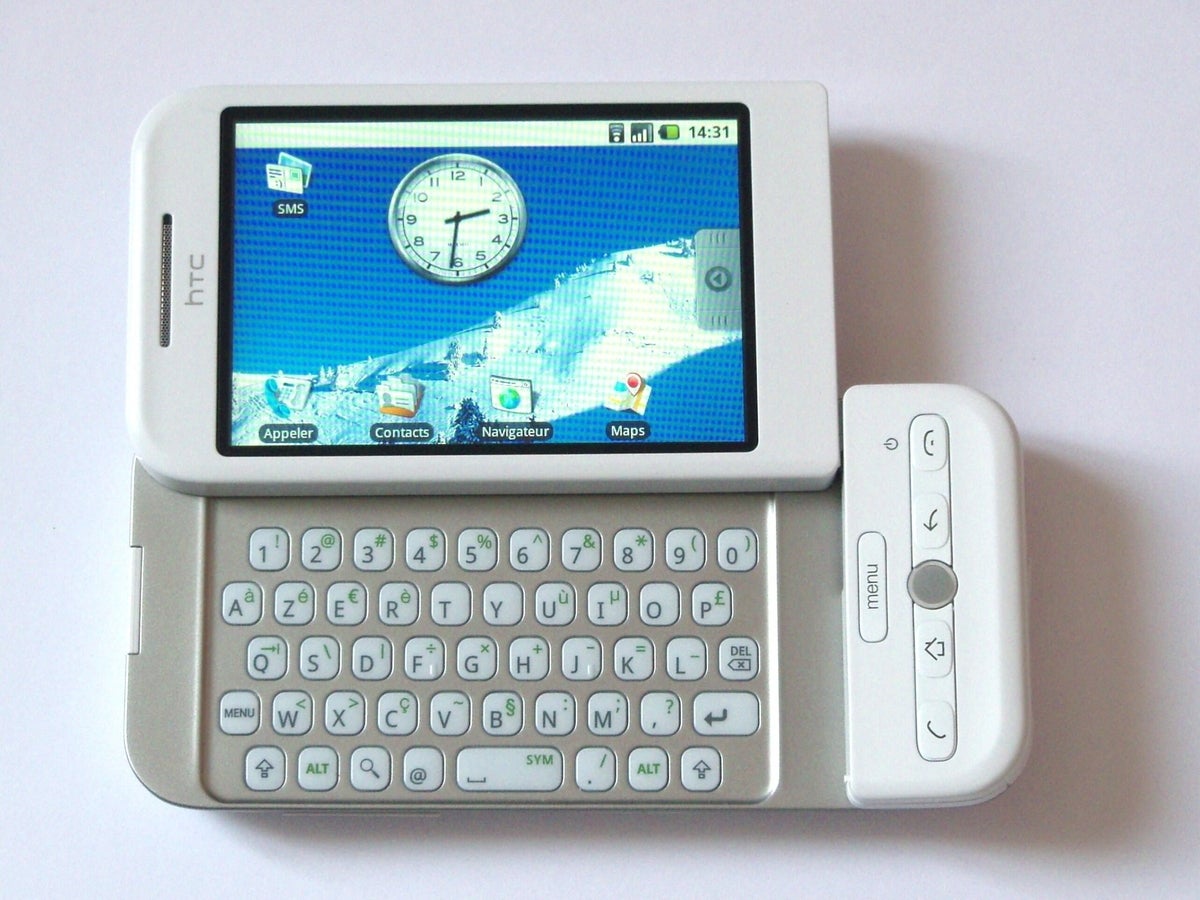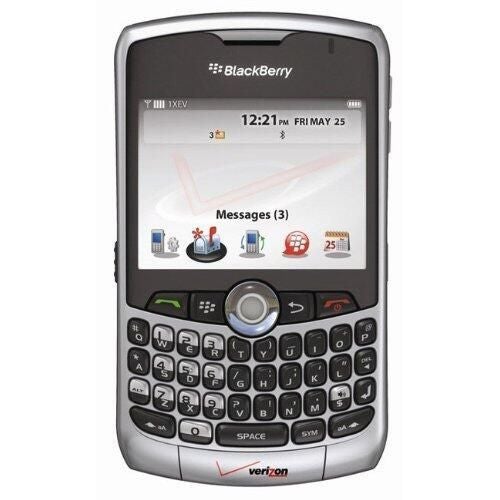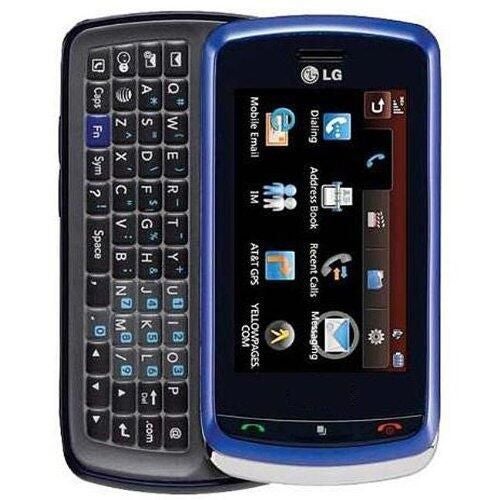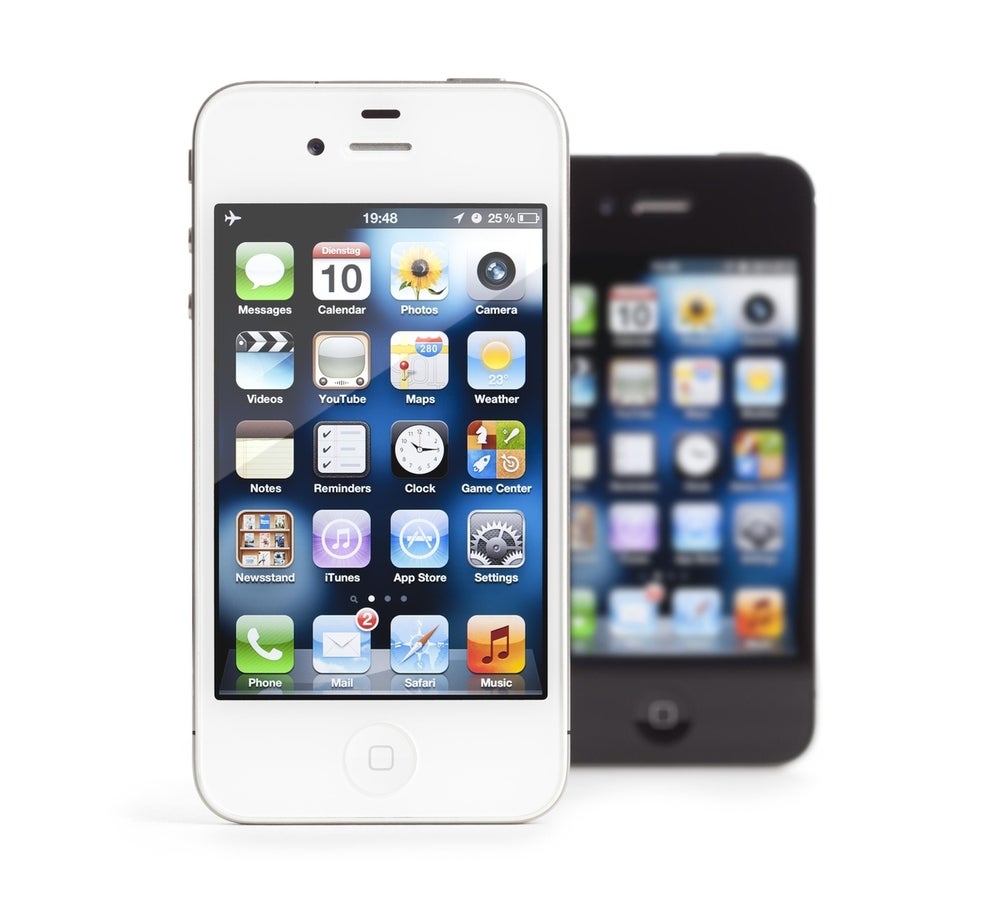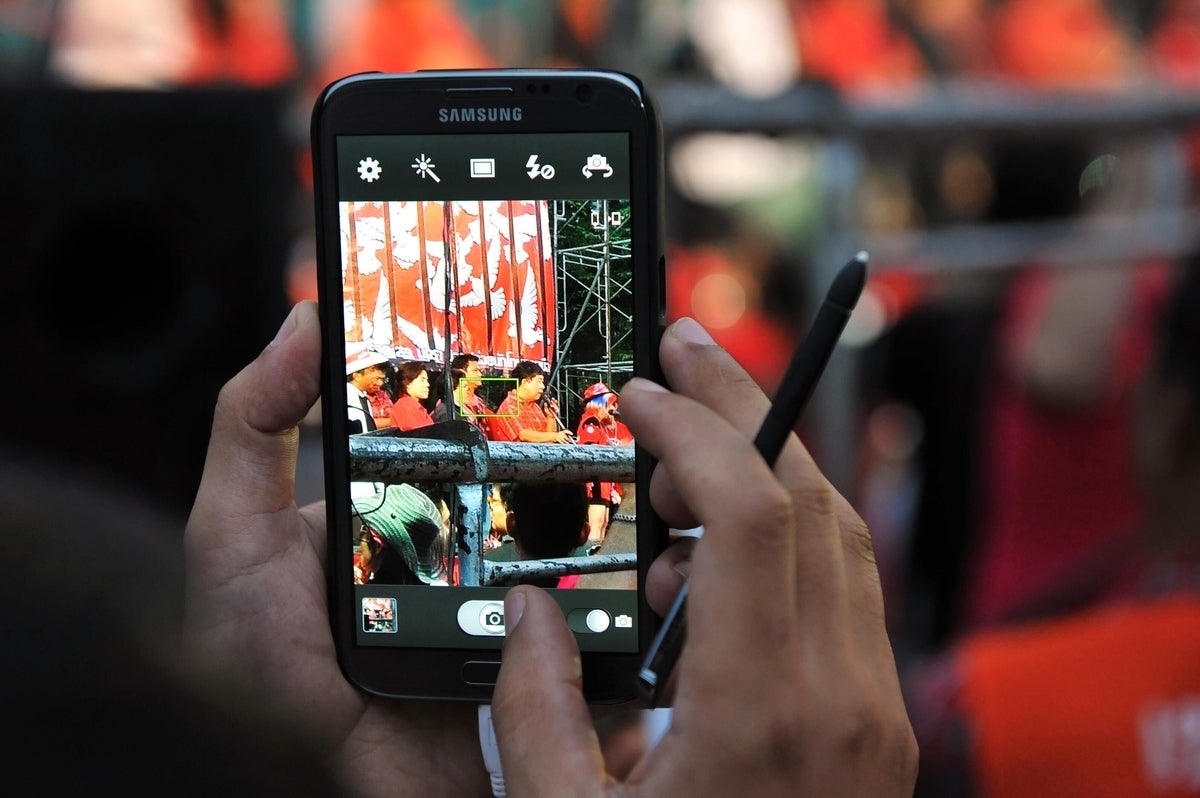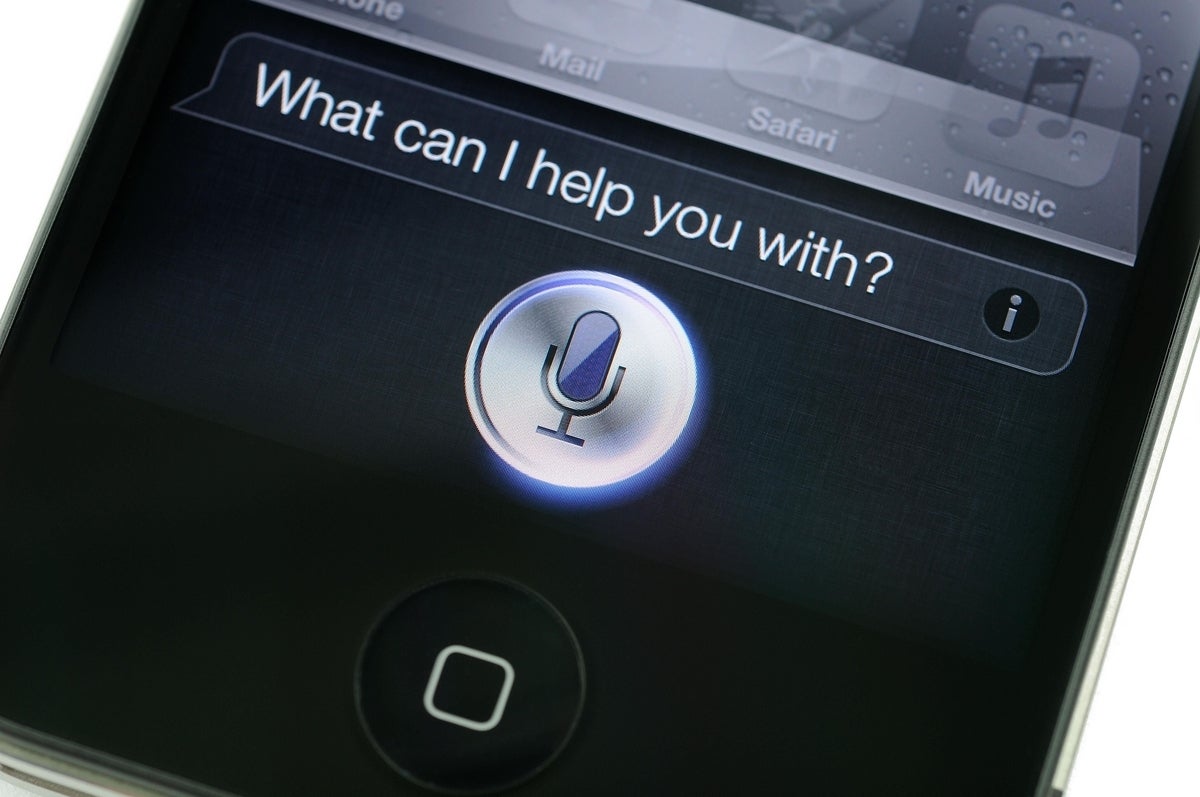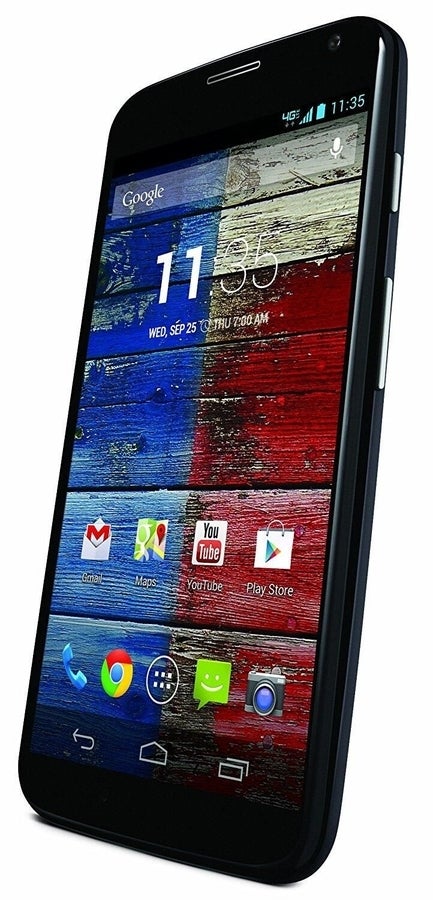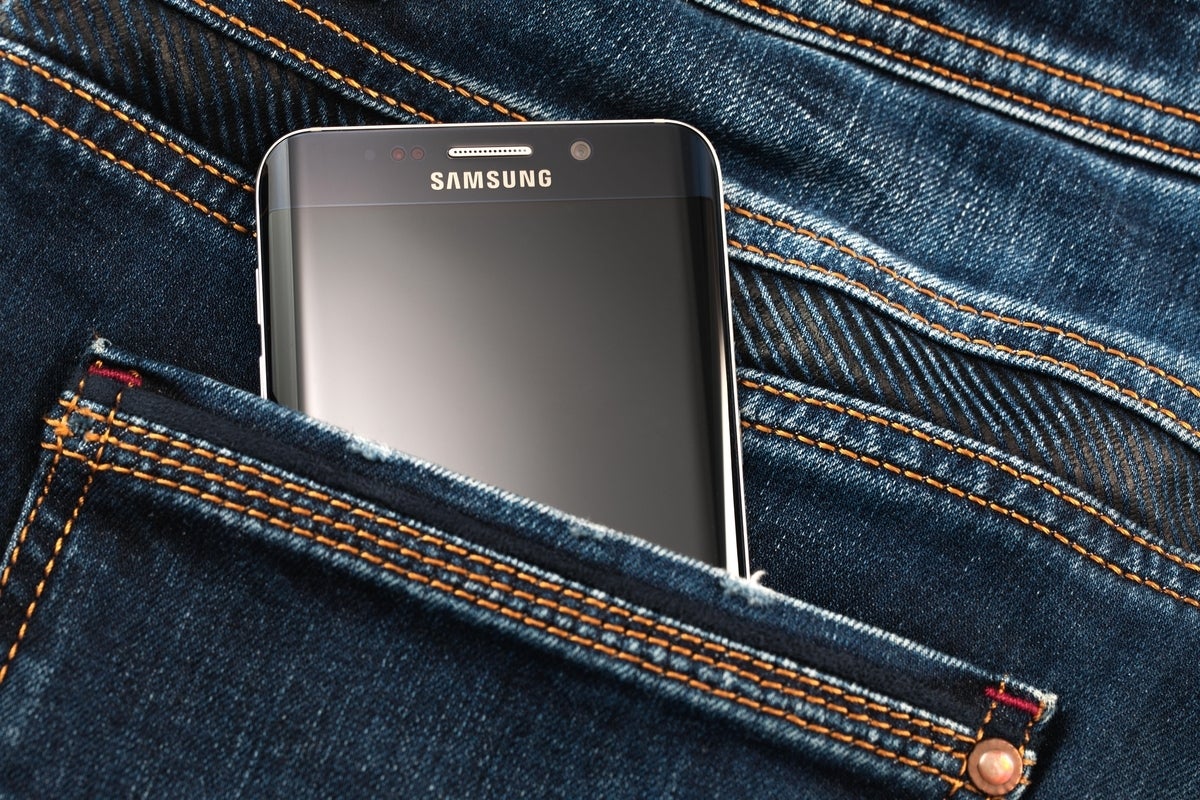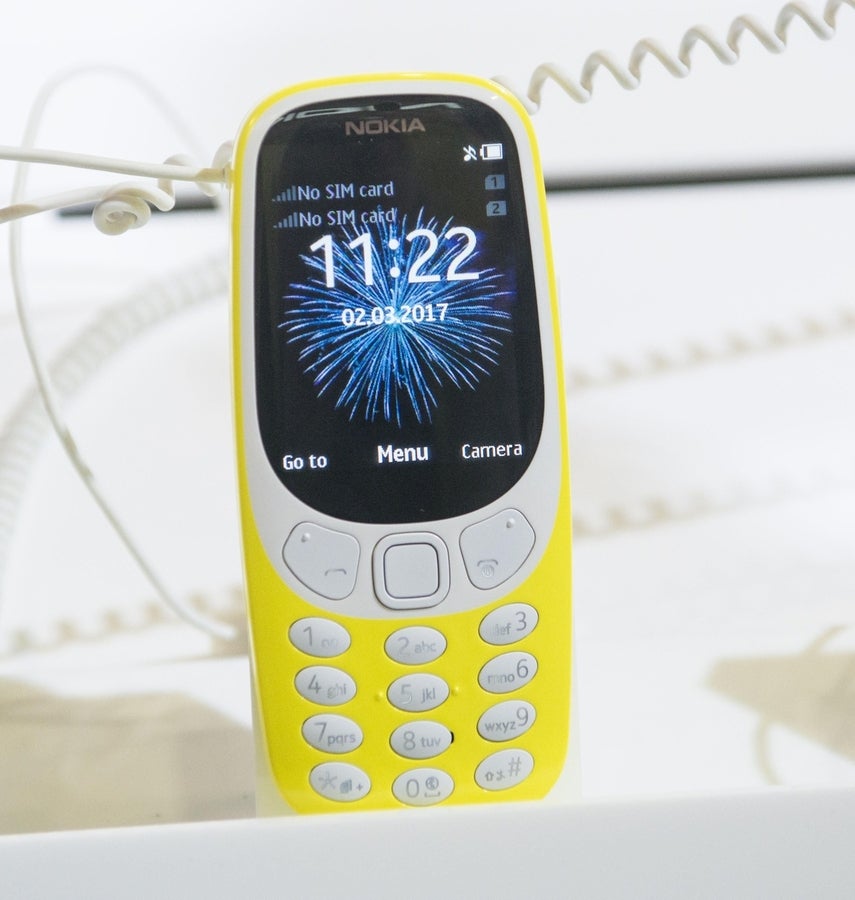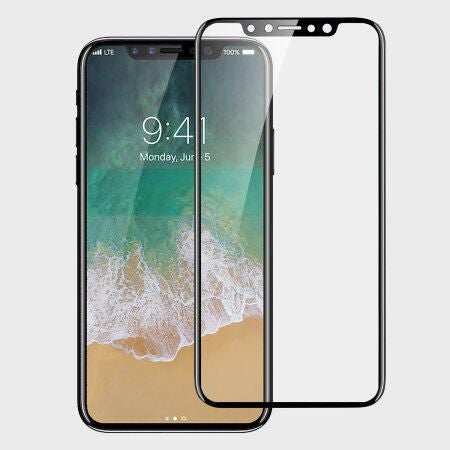The evolution of the cell phone
Image 1 of 21
Things have changed
As we celebrate the 10th anniversary of the very first iPhone, let’s look back at the phones that got us to 2007 and the progress manufacturers have made since.
1983: Motorola DynaTAC 8000x
The first commercially available mobile phone in history was introduced by Motorola in 1983. It cost $4000 and was approximately the size of a shoe box.
1986: Motorola 4500x
A few years later, Motorola released another “mobile” phone. This one featured a handset attached to a 7.7 pound battery box. The 4500x was considered a luxury item at over $2000 retail.
1989: Motorola MicroTAC 9800x
By 1989, phones were already getting smaller. This Motorola flip phone was designed to fit in a shirt pocket.
1994: IBM Simon
This PDA-and-cell-phone hybrid is considered to be the precursor to the smartphone. In addition to working as a phone, the Simon had features like email, calendar, calculator and could even send and receive faxes.
1999: Benefon Esc
This was the first phone to feature built-in GPS. It was never commercially available in the United States.
2000: Nokia 3310
This phone has become something of a cult favorite since its release because of its durability. In fact, there’s so much nostalgia surrounding this phone that it was recently reimagined.
2002: Samsung N620
This was the first phone to have polyphonic ringtones, which was a huge deal at the time.
2004: Motorola RAZR
Millennials across the country have Myspace photos floating around the annals of the internet with Motorola RAZRs clam-snapped to their clothes. The super-slim design and color screen launched the RAZR into a special place in cell phone history. It remains the best-selling clamshell phone in the world to date.
2006: Samsung X830
The music industry was already completely disrupted by the iPod by the time Samsung released this twist-open music-focused cell phone.
2007: iPhone
In 2007, Apple brought rich-text email, full internet access via Safari and all of the functions of an iPod Touch to one device — the iPhone. Previous phones were only able to access plain-text email and parts of the internet via rudimentary WAP pages.
2008: HTC Dream
A year after the iPhone was released, HTC introduced the first smartphone to run the Android operating system. It also featured a sliding screen that opened into a full QWERTY keyboard.
2008: BlackBerry Curve 8330
BlackBerry Messenger would let you know every time your other BlackBerry-toting friends were ignoring you. This was also (and continues to be) the phone of choice for many concerned with cybersecurity.
2009: LG Xenon
Ah, the LG Xenon… It was a pre-iPhone phone in a post-iPhone world. A quick look at the archive of Amazon reviews of this phone reveal a few common issues including a finicky LCD screen and a tendency to snap in half.
2010: iPhone 4
The iPhone 4 was truly tiny and came in a futuristic, snowy white. The battery life was the best in its class when the iPhone 4 was released.
2011: Samsung Galaxy Note
Samsung took the phablet to the mainstream with its nearly tablet-sized Note. The Note series of cell phones hold a stylus called an S Pen in the body of the phone.
2011: iPhone 4S
Just a year after releasing the redesigned iPhone 4, Apple released the 4S with integrated personal assistant, Siri.
2013: Motorola Moto X
The Moto X was the first Motorola phone released after Motorola was acquired by Google. It was received with generally positive reviews.
2015: Samsung Galaxy S6 Edge+
In the mid-2010s, Samsung began wrapping the screen around the sides of their Edge series of smartphones.
2017: Nokia 3310 (again)
The Nokia 3310 has been reimagined for anyone who is nostalgic for a simpler time, way back around 17 years ago. The feature phone now has a color display but the 2017 phone still uses T9 texting, the camera is still 2 megapixels and, most importantly, you can still play Snake.
2017: iPhone 8
Comps of the 10th anniversary iPhone suggest that Apple will ditch the home button altogether in favor of on-screen navigation. Speculation and excitement continue to mount as whispers from Palo Alto suggest big improvements from previous iPhone models.
Also see
- Gallery: The iPhone’s journey to its 10-year anniversary
- Why Microsoft is partially responsible for the first iPhone, and other origin stories
- iPhone turns 10: Why it’s still the smartphone to beat
- 10 years supporting Apple’s iconic iPhone: An IT consultant’s reflections
